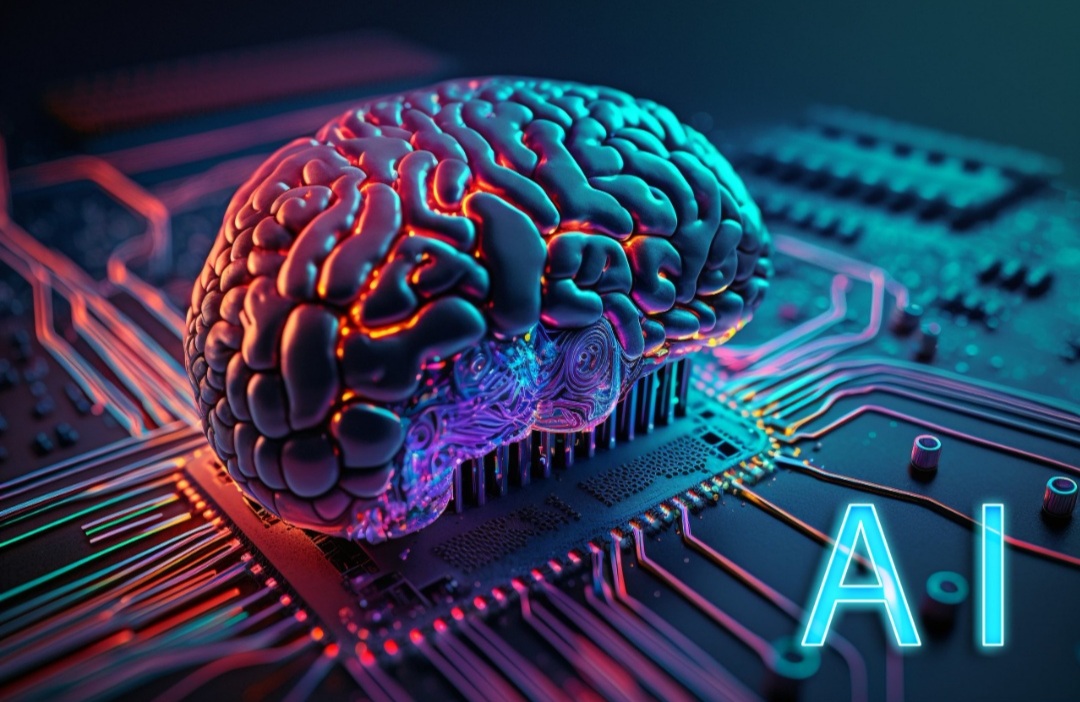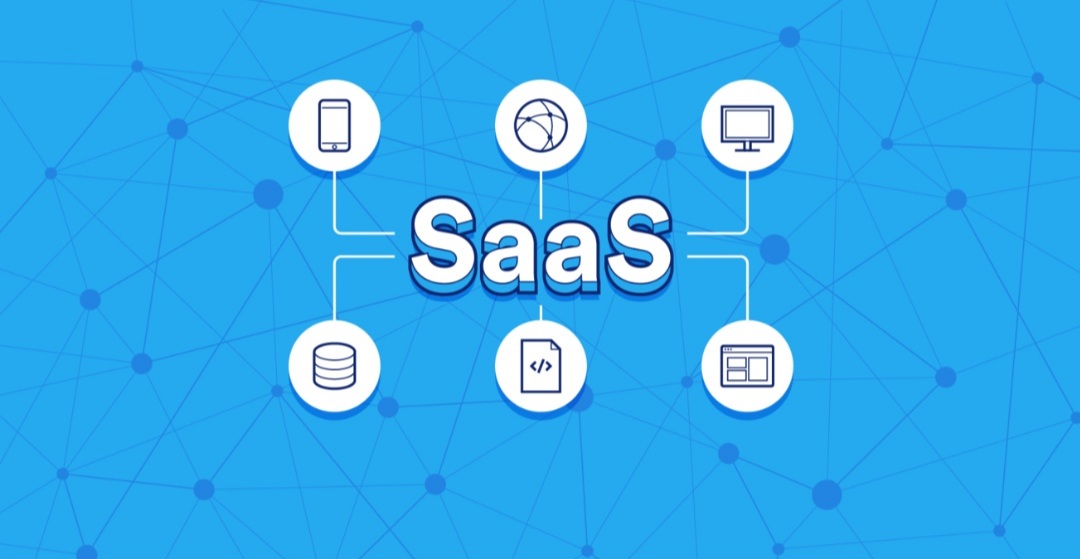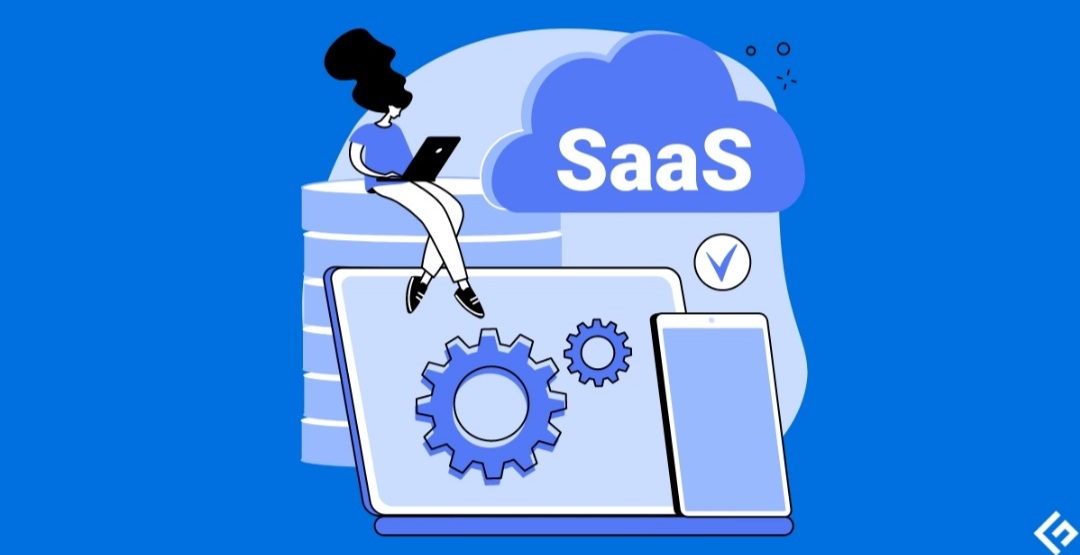A Comprehensive Guide to AI Integration

In the ever-evolving landscape of business, staying ahead requires embracing cutting-edge technologies. Artificial Intelligence (AI) stands as a transformative force, reshaping industries and revolutionizing business operations. In this tutorial, we’ll delve into the intricacies of AI integration in business, providing you with a roadmap to unlock its full potential.
Understanding AI Integration
1. Defining AI Integration
AI integration involves seamlessly incorporating artificial intelligence technologies into various aspects of business operations. From customer service and marketing to supply chain management, AI holds the power to enhance efficiency and decision-making processes.
2. Benefits of AI Integration
- Enhanced Efficiency: AI automates repetitive tasks, freeing up valuable time for employees to focus on more complex and strategic activities.
- Improved Decision-Making: AI algorithms analyze vast datasets, providing actionable insights that facilitate informed decision-making.
- Personalized Customer Experiences: AI enables businesses to understand customer preferences, delivering tailored experiences and boosting customer satisfaction.
Preparing for AI Integration
1. Assessing Business Needs
- Identify areas within your business that can benefit most from AI integration.
- Consider customer interactions, data analysis, and operational processes.
2. Data Preparation
- Ensure your data is clean, organized, and accessible.
- Implement robust data security measures to protect sensitive information.
3. AI Infrastructure
- Invest in the necessary hardware and software infrastructure to support AI applications.
- Cloud-based solutions provide scalability and flexibility.
Selecting the Right AI Tools
1. Machine Learning (ML) Models
- Understand the types of machine learning models (supervised, unsupervised, reinforcement learning) and choose based on your specific needs.
- Leverage pre-trained models for faster implementation.
2. Natural Language Processing (NLP)
- Incorporate NLP for language understanding, sentiment analysis, and chatbot development.
- Enhance customer interactions through AI-driven language processing.
3. Computer Vision
- Implement computer vision for image and video analysis.
- Enhance product quality control, security monitoring, and visual data interpretation.
Implementation Steps
1. Pilot Projects
- Start with small, manageable AI projects to test feasibility and gain experience.
- Use pilot projects to gather user feedback and fine-tune AI applications.
2. Collaborate with AI Experts
- Partner with AI experts or hire professionals to guide implementation.
- Collaborative efforts ensure a smoother integration process.
3. Training Workforce
- Train employees on AI tools and their integration into daily workflows.
- Foster a culture of continuous learning to adapt to evolving AI technologies.
Monitoring and Optimization
1. Continuous Monitoring
- Implement tools for monitoring AI applications in real-time.
- Regularly assess performance and address any issues promptly.
2. Feedback Loops
- Establish feedback loops to capture user insights and improve AI applications iteratively.
- User feedback is invaluable for refining AI solutions.
3. Optimizing AI Algorithms
- Stay abreast of advancements in AI algorithms.
- Periodically assess and upgrade algorithms to ensure optimal performance.
Overcoming Challenges
1. Ethical Considerations
- Address ethical concerns related to AI, such as bias in algorithms.
- Implement ethical AI practices and transparency in decision-making.
2. Data Security
- Prioritize data security to build trust with customers.
- Comply with data protection regulations and adopt encryption measures.
3. Resistance to Change
- Foster a positive attitude toward AI adoption within the organization.
- Clearly communicate the benefits and address concerns through employee training.
Real-world Examples
1. Customer Service Chatbots
- Deploy AI-driven chatbots to handle routine customer queries.
- Enhance customer service response times and availability.
2. Predictive Analytics in Marketing
- Utilize AI for predictive analytics in marketing campaigns.
- Improve targeting, personalized recommendations, and marketing ROI.
3. Supply Chain Optimization
- Implement AI for demand forecasting and inventory management.
- Optimize supply chain operations, reducing costs and improving efficiency.
Future Trends in AI Integration
1. AI and Internet of Things (IoT) Integration
- Explore synergies between AI and IoT for enhanced data insights.
- Improve decision-making through real-time data from interconnected devices.
2. Explainable AI (XAI)
- Embrace explainable AI for transparent decision-making processes.
- Address concerns related to the opacity of AI algorithms.
3. AI-powered Cybersecurity
- Leverage AI for advanced threat detection and response.
- Enhance cybersecurity measures through AI-driven solutions.
Conclusion
As we navigate the dynamic landscape of business, AI integration emerges as a cornerstone for success. By understanding the intricacies of AI adoption, assessing business needs, and embracing evolving trends, businesses can unlock unparalleled opportunities for growth and innovation. Embrace the transformative power of AI to propel your business into the future.



